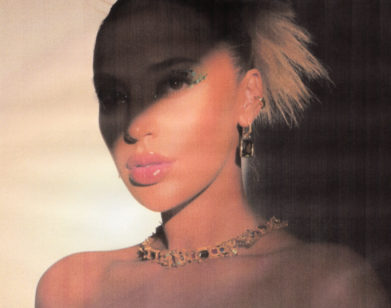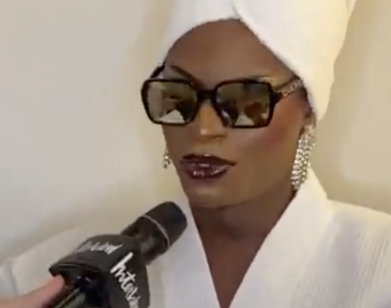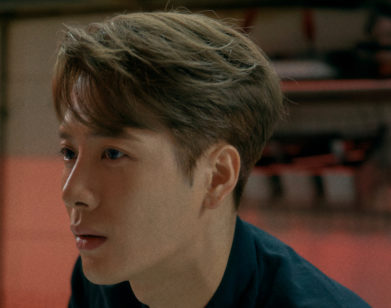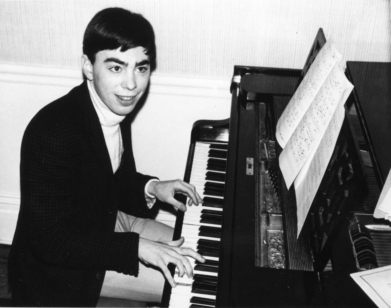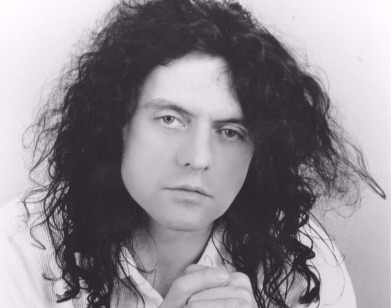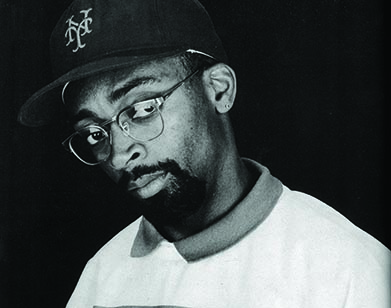Q & Andy: Peter Bogdanovich
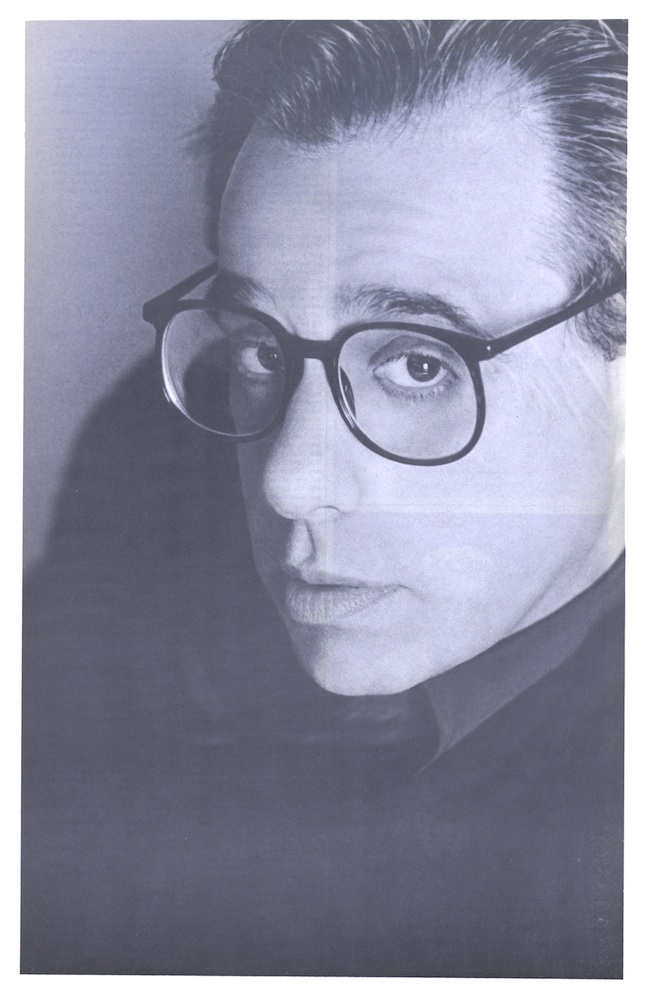
ABOVE: PETER BOGDANOVICH IN OUR MARCH 1985 ISSUE. PHOTO BY ALBERT SANCHEZ.
After a 13-year directing hiatus, Peter Bogdanovich is back. She’s Funny that Way, Bogdanovich’s first fictional film since The Cat’s Meow in 2001, is currently screening at the Palm Springs International Film Festival and will open across the U.S. in April.
Bogdanovich is no stranger to Interview. The legendary actor, writer, and director made his first appearance in the magazine in 1973 interviewed by Candy Darling. It was a good moment for Bogdanovich: his most lauded film The Last Picture Show had come out a few years earlier and he was promoting Paper Moon, for which Tatum O’Neal won the Best Actress Academy Award at the age of 10.
ANDY WARHOL: What did you have for breakfast?
PETER BOGDANOVICH: A smoothie. I had almond milk, frozen blueberries, some green powder, and some nuts all mixed up together.
WARHOL: What was your first job?
BOGDANOVICH: I was 15 and I was hired as an apprentice to a theater company in the summer of 1955 in Traverse City, Michigan. I spent the summer there being an apprentice and also acting in some of the plays, directing one variety show, which was the first thing I ever directed, and performing in it as well. It was a great summer. I was taking an acting class at the American Academy of Dramatic Arts—I was taking a Saturday young people’s class and the teacher there, Eleanor Gould, asked me if I wanted to be an apprentice. That’s how I got the job.
WARHOL: Why didn’t you become an inventor?
BOGDANOVICH: I don’t know. Why didn’t I?
WARHOL: How did you end up in Hollywood?
BOGDANOVICH: I directed a couple of plays in New York Off-Broadway. One of them was a success and the other one, in 1964, was kind of a flop. I really wanted to make movies rather than direct theater, and a friend of ours—I was married at the time —Frank Tashlin, the late director, said, “Then why don’t you come to California because we make movies out here.” I had been writing for Esquire and most of the pieces that I did were Hollywood-based anyway so about five months later we moved to Los Angeles with the direct intention of getting into the movies, which, about a year later, we did.
WARHOL: Do you watch a lot of movies?
BOGDANOVICH: Not as much as I used to. When I was younger, I watched a lot of the older films catching up on all the directors I admired. It was a way of learning. I still occasionally watch some older films. I still see some of the new films. But I don’t go as much as I used to at all. I kept track of all the movies I saw from the time I was 12-and-a-half to the time I was 30-and-a-half. I kept a card file of all the films I saw with ratings and commentary. I think the first year we came to California, I watched more movies than any other time—500-and-something a year. That was the highest point. Once I started directing films in ’66, ’67, my average dropped greatly. I still have the card file. I don’t keep up any more; I stopped keeping track at the end of 1970. I had just finished directing The Last Picture Show and I guess I thought I’d studied enough.
WARHOL: Do you dream?
BOGDANOVICH: I dream but I don’t remember necessarily what I dream. I know I dreamt about Frank Sinatra the other day. I knew him a little bit. A friend of mine, James Kaplan, is writing a two-volume biography of Sinatra and I’ve been reading it–he’s been sending me chapters–so I had Sinatra on my mind and I was listening to some of his recordings. I can’t remember what happened in the dream, but I remember it was with Frank and there was some tension. There was some crisis. I don’t remember if it was resolved or not, but it didn’t seem to be tragic.
WARHOL: Have you had any nutty fans who scared you?
BOGDANOVICH: Not really. The only thing that comes to mind is sometime in the early ’70s Cybill Shepherd and I were living together, and we came out of a movie theater and there were a lot of people who knew we were there and they sort of mobbed the car that we were in. I remember being a little upset about that and worried I was going to hurt someone. But other than that, I haven’t had any kind of bad experience.
WARHOL: Who was the nicest person you worked with?
BOGDANOVICH: The nicest person was John Ritter. I did three movies with him.
WARHOL: Do you get depressed if you don’t work?
BOGDANOVICH: Yeah, I have to keep working otherwise I get a little low.
WARHOL: What do you think of American kids?
BOGDANOVICH: I’m a little concerned about American kids because the country has no tradition of culture. It’s a disposable society in a way. It’s what Gore Vidal used to call the United States of Amnesia. I was teaching and I was concerned that the kids had not much interest in the past. They could be persuaded to watch an older film or something like that, but there wasn’t a tremendous interest in the culture of the past. That troubles me.
WARHOL: Do you feel frustrated with the way things are now between men and women?
BOGDANOVICH: Very. I think the lack of equality between the sexes is very debilitating and dangerous. In fact, I think the biggest single problem that faces the world is the battle of sexes: the domestic violence, the sex slaves all over the world, the way women are treated in most Asian countries and the Middle East is pretty awful. In the Western world it’s not as bad–it’s still not equality, but it’s not as bad.
WARHOL: Do you believe in communism?
BOGDANOVICH: No.

